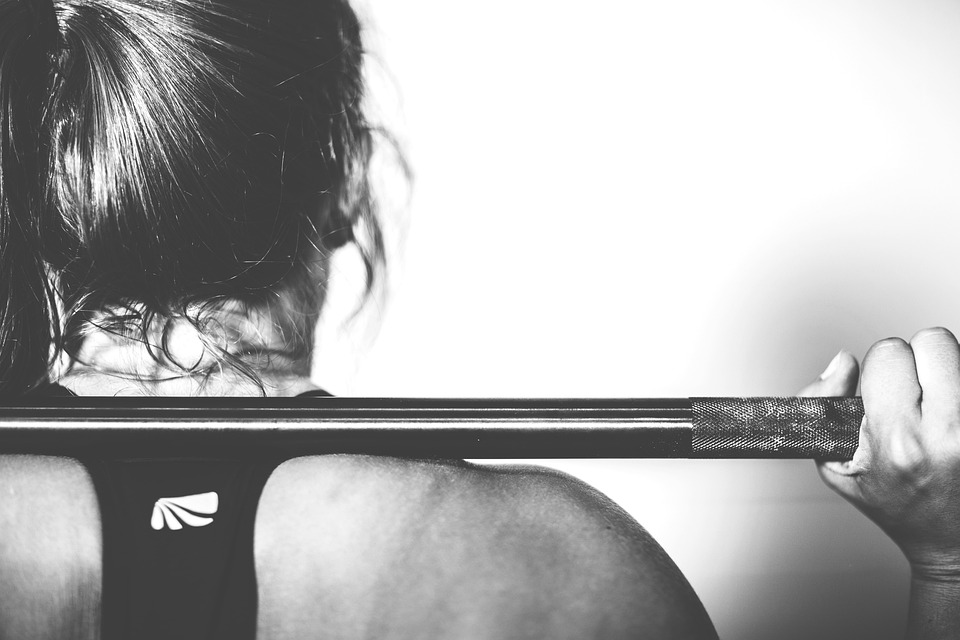The best athletes push the pace as hard as possible as often as possible to get better as quickly as possible. This intense drive to win often leads many into a state of overtraining. This is an athlete’s worst nightmare, forcing time off in the middle of a season and more prone to injuries. Overtraining is not only dangerous but also unhealthy and causes numerous symptoms such as lethargy, chronic joint pain, insomnia, depression and loss of mental focus. The best athletes ride the fine line between training as much as humanly possible and overtraining. If you can improve your recovery between each training session, you will be fresher for the next round and you can train much more intensely. After intense workouts, it takes a certain amount of time for your body to recover enough to be able to train again. In conditioned athletes, this time is much faster than couch potatoes. However if you recover faster, you will be more ready to train sooner, allowing you to fit in more sessions during the week.
One of the first measures to go about for improving your athletic recovery is to incorporate rest/recovery time within your physical training program. This means planning your training routine with days off where you will be resting and not training. It’s also smart to vary your program to work different movements, tempos and volume to keep the body and mind fresh with new stimulus and avoid getting stale from boring routines. Include prehabilitative and/or recovery days in your program where you actively work out soreness with light exercises, movements or stretches. During both training and competing, use as many physical modalities and therapeutic activities in between workouts as possible to get the most benefit and feel the best. This includes contrast baths, ice, massage, chiropractic and physical therapy modalities. Getting enough sleep rest is crucial for complete recovery. For most athletes between 7-10 hours/night is adequate but quality sleep is essential.
Good nutrition is also a key element in athletic recovery. When the body is broken down from hard exercise, it needs plenty of water and nutrients for the building blocks to rebuild. If your nutrition is off, after taking a rest it’s one of the first places to look if you’re slow to recover or want to ramp things up a bit. While this seems a bit obvious, the fact this is nutrition is an area many competitive athletes neglect, slack on or simply know nothing about. If you want to beat your opponents by training harder and recovering faster, pay strict attention to your nutrition program. As this article is not specifically about nutrition, here are a few guidelines to help. Eat at least 1-2 grams of protein/pound of lean body mass to maintain and feed your muscles so they have the right amino acids to rebuild and heal after training. Choose clean sources of carbs such as brown rice, yams/sweet potatoes, oatmeal and legumes for your energy supply. Eat plenty of vegetables and some (less) fruits for fiber and vitamin/mineral benefits at every meal possible. Drink at least 164 ounces of clean water every day and avoid soft drinks like the plague. Stay away from fast food, restaurant food and try hard to never eat processed sugar. Finally, add essential fat sources like seeds, nuts and avocados every day and your joints and muscles will perform better and heal much faster.
If you need help with how much, when and how to put together a good nutrition program, get help from a sports nutritionist, however avoid general specialists if they don’t have experience with athletics. Once you have good eating habits, then you can add supplements into the mix for an even greater recovery potential. A good multi-vitamin/mineral and essential fats/fish oil supplement as your base is an excellent start to replace what’s missing from your food. Including alkaline water in your diet will help reduce acid build up in the body. Less acid means less muscle soreness and a faster recovery from training. Recently there have been lots of developments in the sports drink industry with new products specifically for recovery periods. Drinks with certain key electrolytes, amino acids and quickly absorbed vitamins known to help the body recover are excellent additions to your supplement plan. It’s also smart to take a nighttime formula. Supplements with similar recuperative properties meant to be taken right before bed provide the body with healing nutrients during its most restful state.
Another very easy to use and helpful tool for improving athletic recovery is specialized apparel. Compression gear seems like the new craze however athletes have been working out and resting in it for many years. The slight pressure on the skin from compression shorts, shirts and leggings stimulates blood flow to the muscles and joints. Compression clothing also provides some extra tightness and protection for your elbows, hips and knees. Wearing this apparel while working out will keep you fresher and safer in the gym; compression gear worn during recuperation will help improve recovery time. You can further catapult your recovery forward by using compression clothing that’s been infused with nutrients and healing compounds. Tommie Copper apparel, for example is infused with copper. A company called Virus has perhaps the most innovative compression gear best for speeding up athletic recovery. Virus Bioceramic compression clothing has been infused with natural compounds that emit far-infrared therapy right into the skin. These elements are known to help improve circulation, repair and regenerate overworked tissues, muscles and nerves, reduce inflammation and decrease pain. Virus has other interesting products such as compression gear sports apparel that helps you warm up and also a line that keeps you cooler.
Many athletes are also utilizing some of the latest innovations in modalities to speed recovery. For example, Cryo Therapy has been used for many years by Olympians and pro sports teams however is now becoming more available to the general public. Cryo therapy exposes the body to dangerously extremely cold temperatures (60+ below zero!) but for very limited amounts of time; three minutes is the norm. The sudden exposure causes blood in your extremities to rush to your core, where it gets re-oxygenated. When you step out of the Cryo therapy unit, the newly oxygenated blood then gets delivered back to the rest of the body as you warm up. This brings a rush of nutrient rich, less acidic blood to your muscles and joints. This therapy is energizing and relaxing at the same time and does wonders for removing inflammation in any of your joints. For an athlete who wants to recover faster, Cryo therapy is the prescription for removing toxins, lactic acid and muscle soreness in just a few minutes. This therapy is also great for the management of many chronic pain and inflammatory muscle and joint conditions such as arthritis, gout and fibromyalgia.






More Stories
Meal Bars – Protein Supplementation For Busy Athletes
Entertainment, the Smoke of Societal Inequality and Injustice
Knowing How to Bet With Online Sports Books